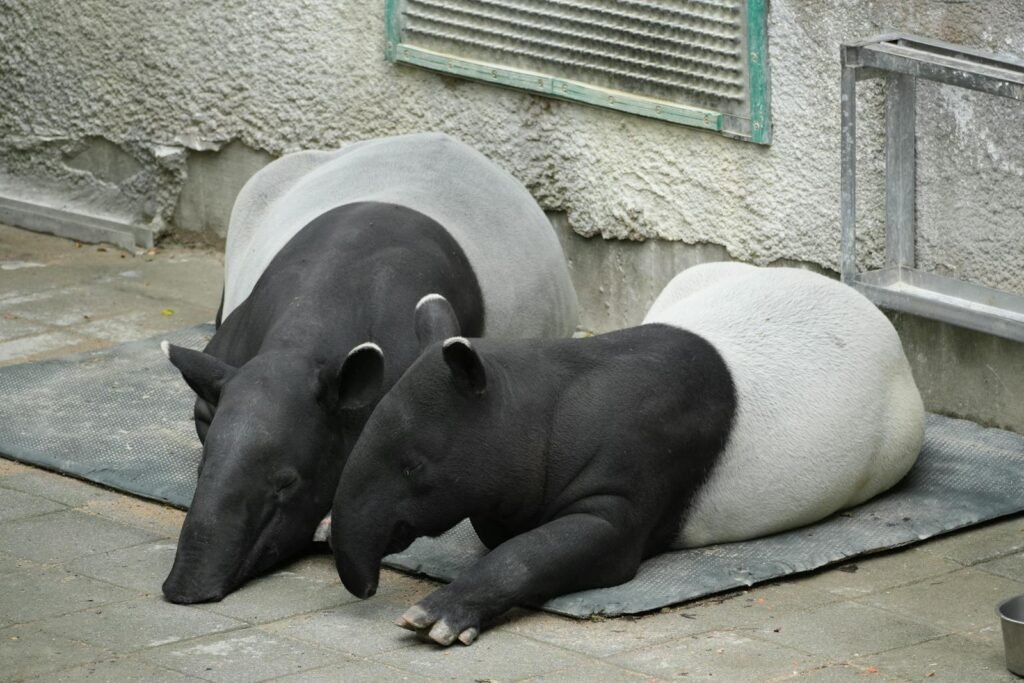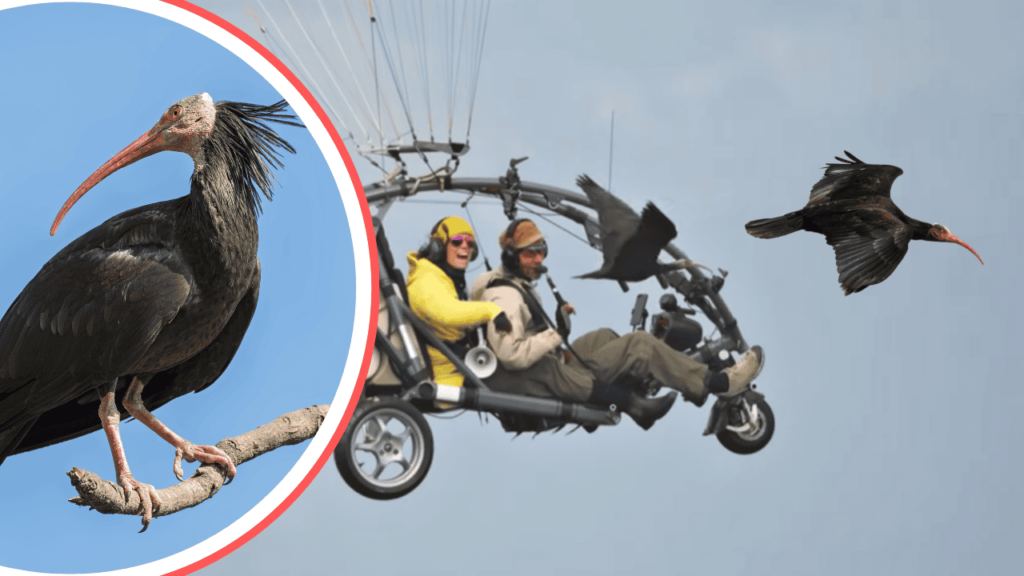Why Hornbills Love Your Condo Balcony (Even If You Don’t Love Them Back)
Imagine stepping out to your balcony for a quiet morning coffee, only to be greeted by the piercing call of a hornbill perched on your railing, surveying the cityscape with an eye as sharp as its beak. Surprising? Perhaps even a little annoying? Yet, to the hornbill, your high-rise haven is an irresistible oasis amid ...













